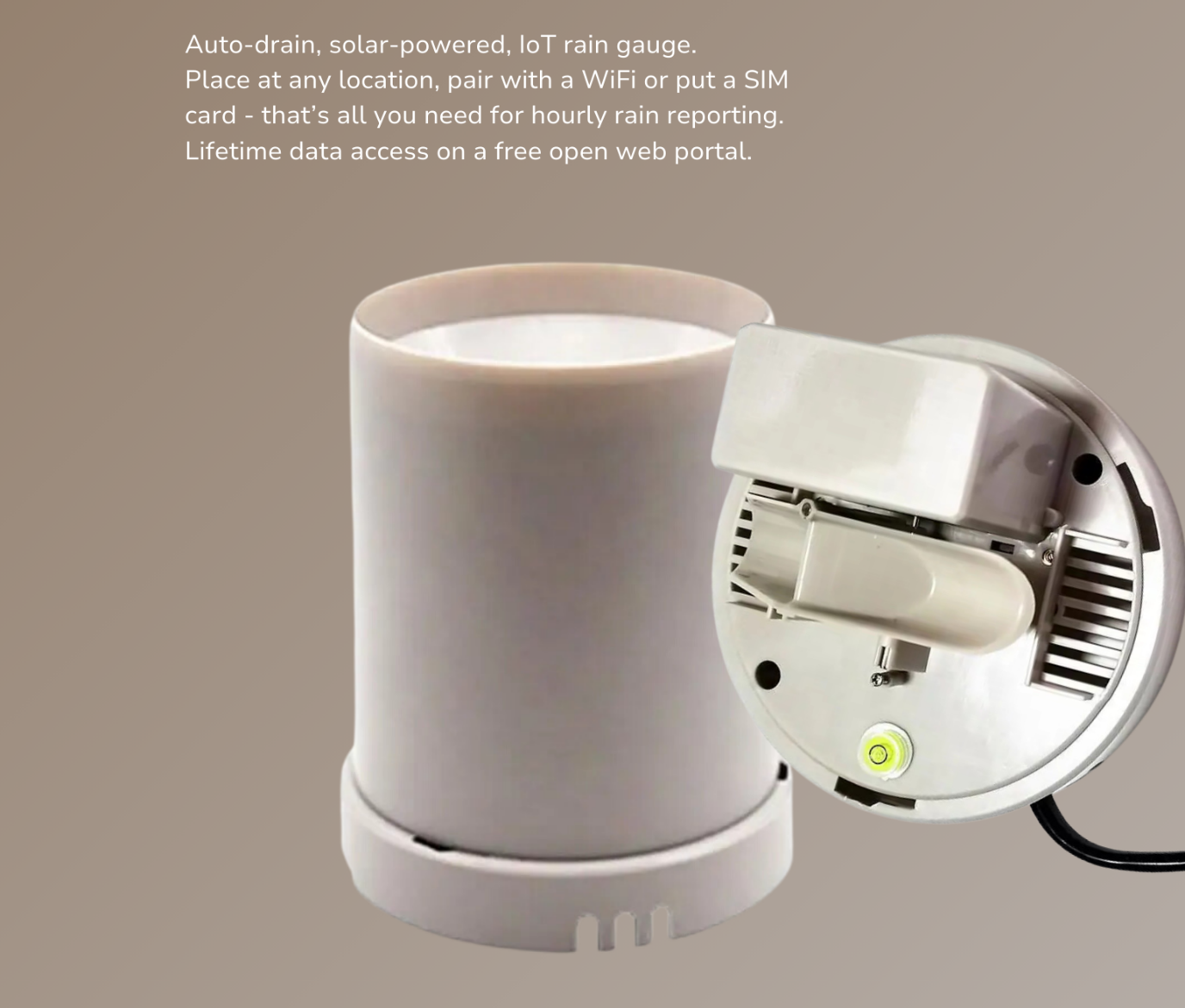

Non-Revenue Water (NRW) leads to massive water loss and revenue damage for utilities. Learn what causes NRW, its impact on water scarcity, and how smart solutions like leak detection, DMA, and accurate metering can reduce it.
2025-05-22

2025-05-22
Discover the CGWA regulations for borewell water extraction in India and how ultrasonic smart water meters with telemetry help monitor groundwater accurately. Learn about Aegir’s ISO-certified meters for compliance and sustainability.
2025-05-05
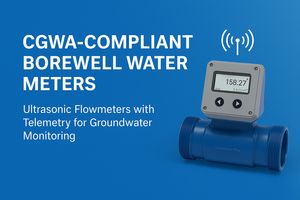
2025-05-05
Learn about BWSSB’s water metering regulations for Bengaluru apartments and how smart water meters ensure accurate billing, leak detection, and sustainable water management. A must-read for builders, residents, and property managers.
2025-04-21
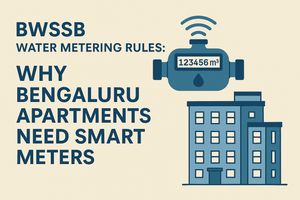
2025-04-21
Explore the devastating effects of Himalayan glacier melting on India’s water supply, agriculture, and ecosystems. Learn about the urgent climate crisis and what steps can help prevent irreversible environmental damage.
2025-04-13
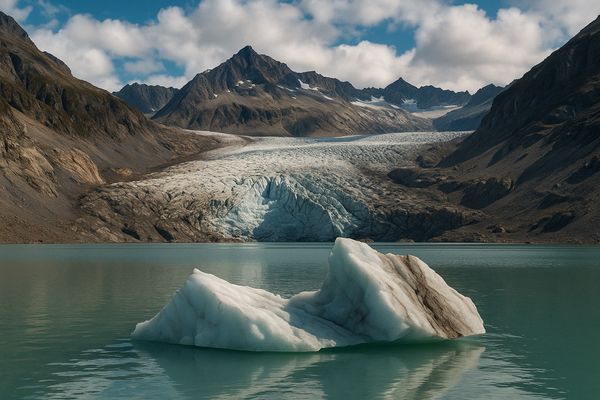
2025-04-13
Celebrate World Water Day 2025 and discover why glacier preservation is critical for combating climate change, rising sea levels, and water scarcity. Learn how sustainable actions today can secure our planet’s future.
2025-03-21
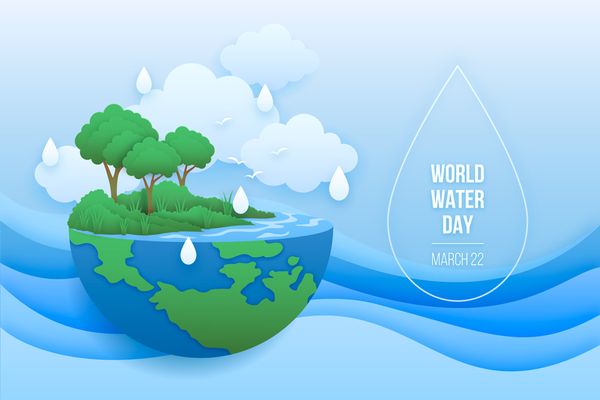
2025-03-21
Explore how ultrasonic smart water meters deliver accurate water flow measurement with no moving parts, real-time data, and remote monitoring. Learn their benefits for water conservation, leak detection, and smart water management systems.
2025-03-13
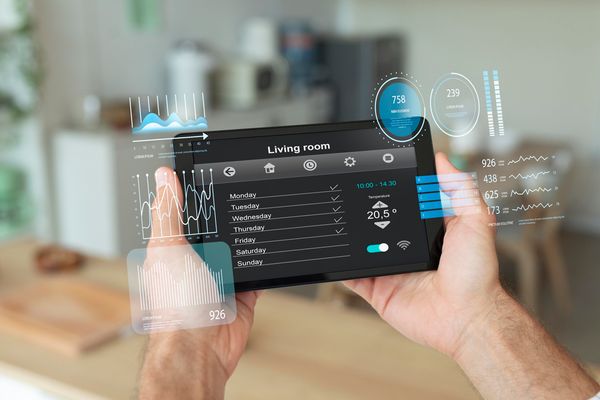
2025-03-13
The water-energy nexus highlights how water conservation reduces energy consumption. Discover how IoT devices, rainwater harvesting, and energy-efficient systems can lower costs and enhance sustainability.
2025-02-23
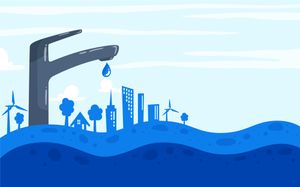
2025-02-23
Bengaluru groundwater levels are plummeting due to overexploitation, loss of wetlands, and urbanization. Learn about the causes, impact, and solutions like rainwater harvesting, water metering, and sustainable practices to combat the crisis.
2025-02-15
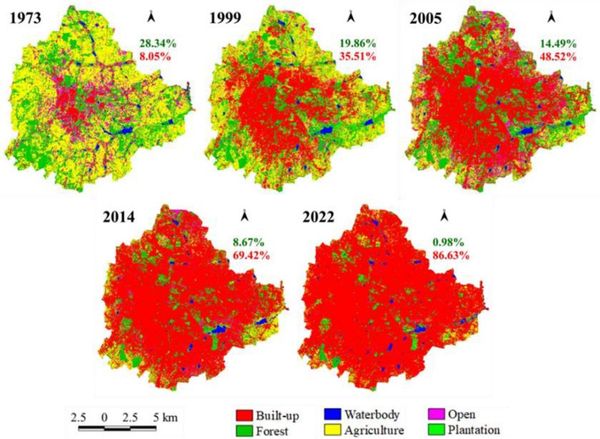
2025-02-15
Discover effective water conservation strategies for hotels to reduce costs, enhance sustainability, and attract eco-conscious travelers. Learn how smart water management, rainwater harvesting, and efficient water use can improve hotel operations.
2025-02-09
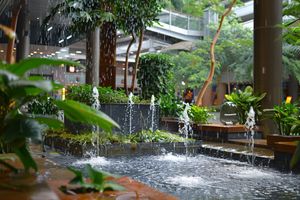
2025-02-09
Discover Aegir's solar-powered smart rain gauge, designed for remote locations. It provides real-time rainfall data for agriculture, weather forecasting, and water management. Learn how advanced IoT technology helps monitor precipitation efficiently.
2025-01-15

2025-01-15
Explore Bengaluru's alarming water crisis as its lakes face pollution from untreated sewage, industrial waste, and agricultural runoff. Learn the causes, impacts, and sustainable solutions to save the city’s dwindling freshwater resources.
2025-01-10
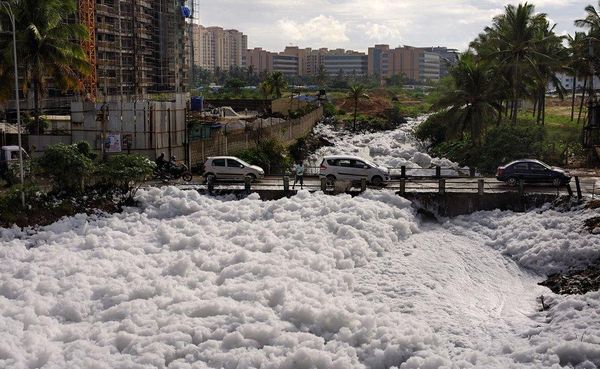
2025-01-10
Learn how smart water meters enhance water management and conservation. Discover how to monitor water quality and ensure health and safety in your area.
2024-06-18
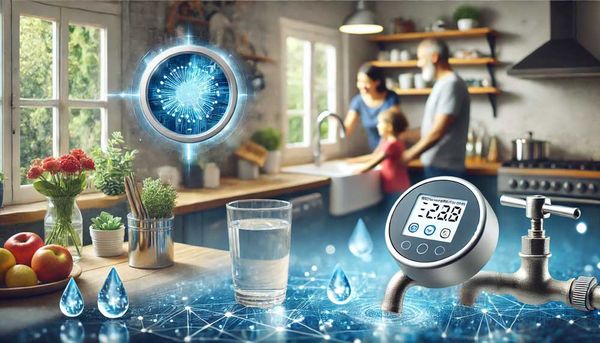
2024-06-18
Learn how water meters and water management systems reveal the hidden water in our food, promoting sustainable consumption and efficient water use.
2024-05-21
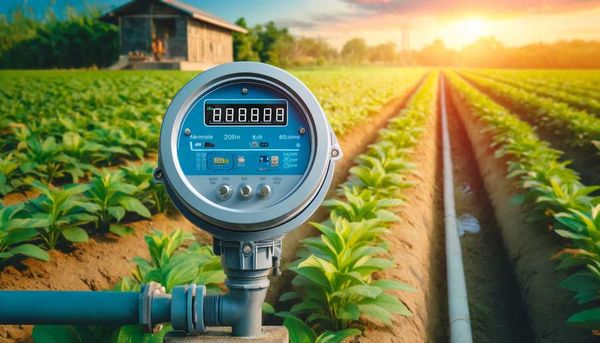
2024-05-21
Discover how wetlands act as natural water filters, their role in water conservation, and the impact of Aegir smart water meters on preserving these ecosystems.
2024-04-18
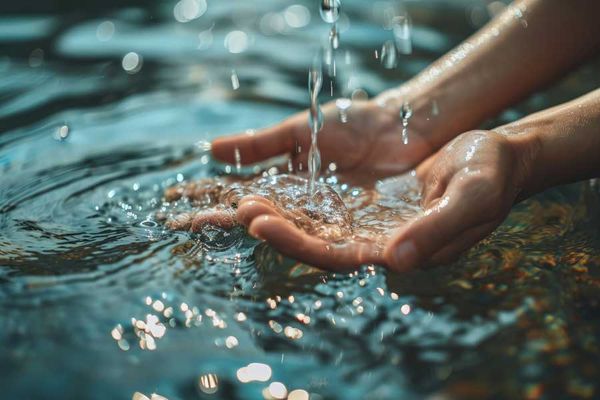
2024-04-18
Explore the impact of residential smart water meters in combating India's water crisis, fostering efficient management and sustainability.
2024-03-28
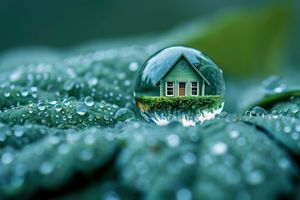
2024-03-28
Learn how to manage wastewater effectively with smart technology and eco-friendly practices for a greener future. Smart Water Meter Solutions for Homes.
2024-03-25
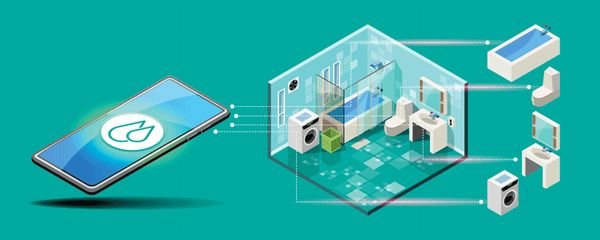
2024-03-25
Explore the top 5 benefits of IoT-powered Smart Water Management Systems. Learn how these innovations enhance efficiency, reduce costs, and promote sustainability in water management
2024-02-15
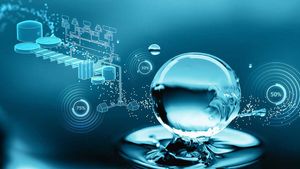
2024-02-15
Discover how Smart Water Management Systems and smart water meters, powered by IoT technology, are key to efficient water usage and sustainability
2024-01-23

2024-01-23
There are few questions and corresponding clarifications that come up frequently. Listing those here for your benefit.
2022-06-02
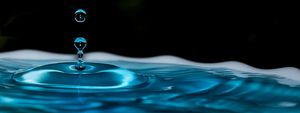
2022-06-02
Discover efficient Smart Water Meter Network setups, focusing on Wireless Mesh Meters and Local Network options.
2022-04-19
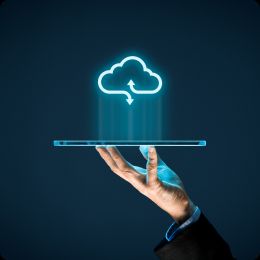
2022-04-19
Explore Water Level Monitors for efficient Smart Water Management to reduce waste and ensure constant supply.
2022-03-31
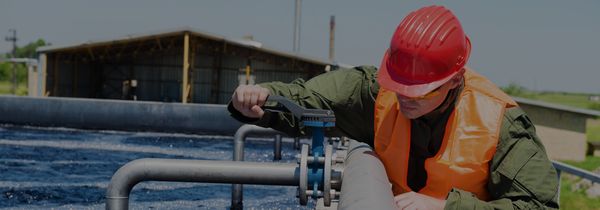
2022-03-31
Mark World Water Day on March 22nd: Learn to save water and enhance water management systems for sustainability.
2022-03-22
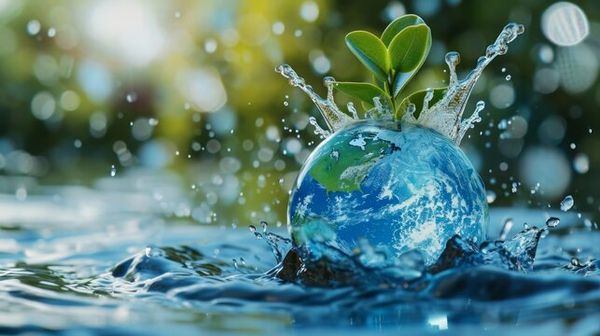
2022-03-22
March 21 is the International Day of Forests. The Day celebrates and raises awareness of the importance of all types of forests.
2022-03-21
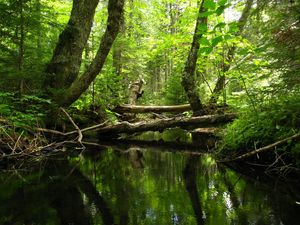
2022-03-21
We can no longer pretend to be ignorant of the looming water crisis
2022-03-17
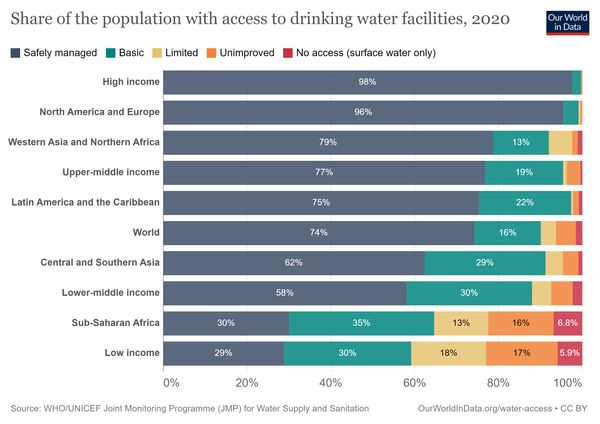
2022-03-17
Smart technologies ensure safety of reused water for farming
2022-03-16
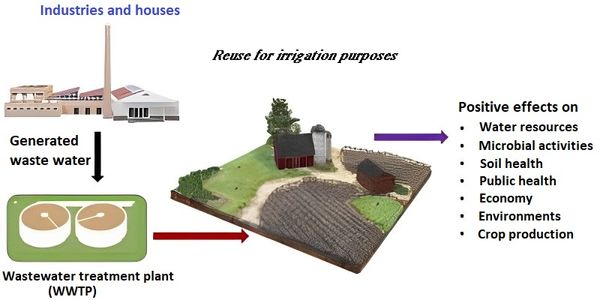
2022-03-16
Smart Water metering helps us prevent wastage of water and efficent use of water for farming
2022-03-15
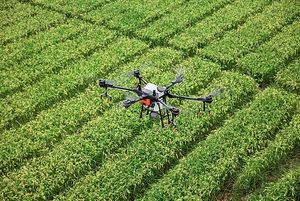
2022-03-15
Smart Water metering helps us prevent wastage of water and equitable billing
2022-03-14
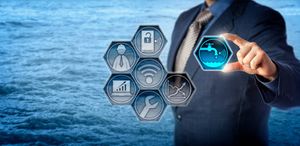
2022-03-14
Climate change and population growth along with human behviour is causing water scarcity across the globe..
2022-03-11
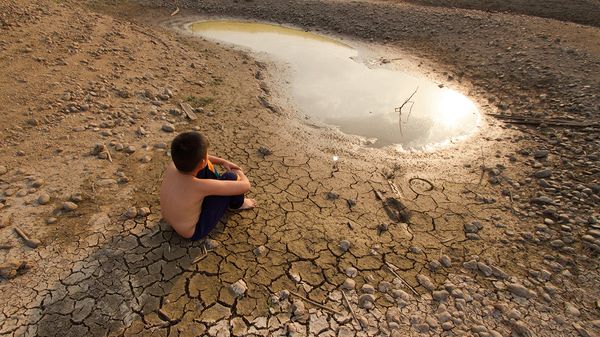
2022-03-11
Reuse and recycling of household wastewater plays an important role in water conservation.
2022-03-04
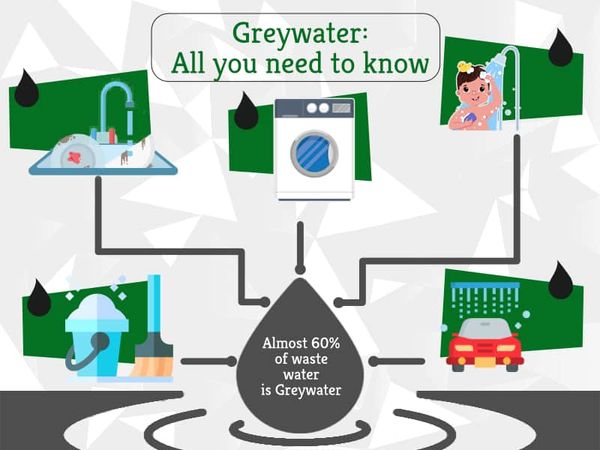
2022-03-04
Aerators are the most effective plumbing fixtures in saving water while improving the experience.
2022-03-03
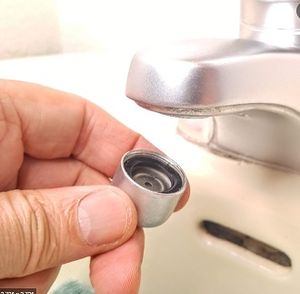
2022-03-03
Learn how smart water meters are transforming water billing with equitable practices, ensuring accurate and fair charges for water usage.
2022-03-02
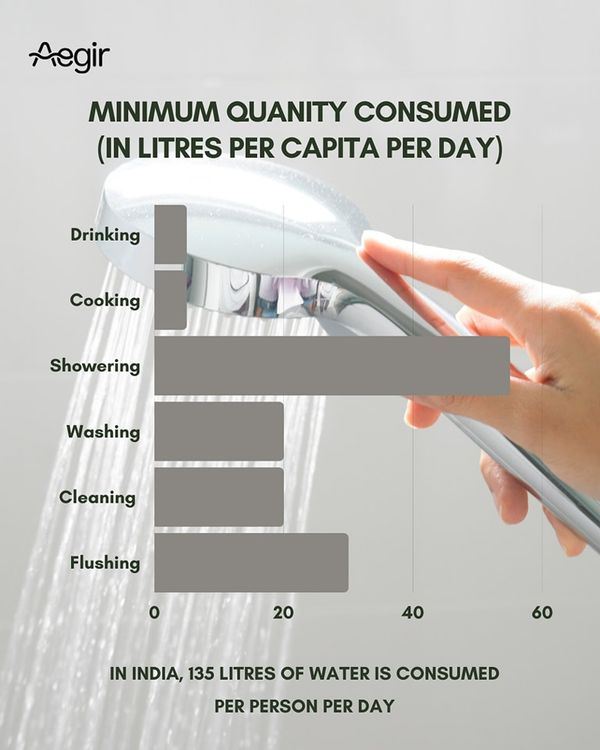
2022-03-02
Discover Aegir's Solar-Powered Liquid Level Monitoring & Automation systems. Monitor water levels with precision, automate refilling, and track usage
2022-01-08
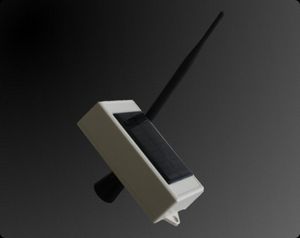
2022-01-08
We have different types of digital & smart water flow meters Multi-jet & single-jet meters, turbine meters, ultrasonic meters, Mag meters & More.
2021-08-13
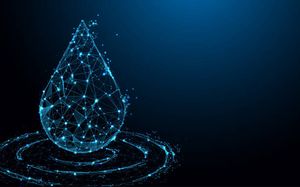
2021-08-13
When I add up my daily usages, it doesn’t match the billing usage reported. Learn more why?
2021-08-05

2021-08-05
Much of the runoff ends up as salt water in oceans. The downhill runoff gathers into streams or creeks, and they reach a river before emptying into the ocean. Learn more
2021-07-07
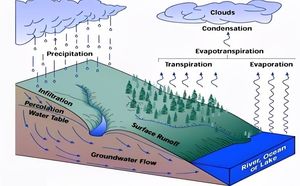
2021-07-07
Rainwater harvesting systems are also referred to as arainwater collection system or rainwater catchment system, a technology that collects and stores rainwater for human use.
2021-07-07
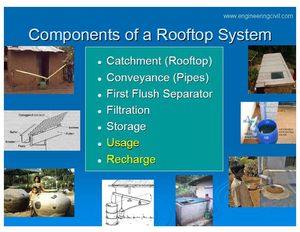
2021-07-07
This article gives you some guidelines around how to calculate the price for water that community members are consuming. Know more
2021-06-30
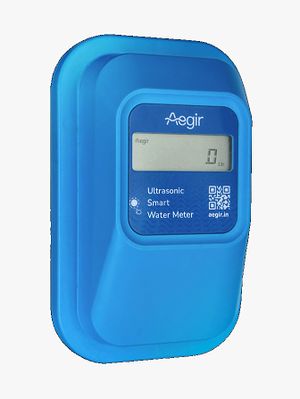
2021-06-30
It is compulsory to have a rainwater harvesting system for all buildings measuring 1200 square feet and above. Learn more
2021-06-28
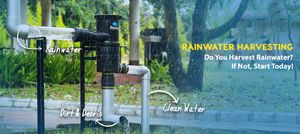
2021-06-28
Water tables are useful tools for measuring aquifers, saturated areas beneath the water table. Know more
2021-06-22
2021-06-22
An aquifer is a body of saturated rock through which water can easily move. Know More with example & diagram
2021-06-18
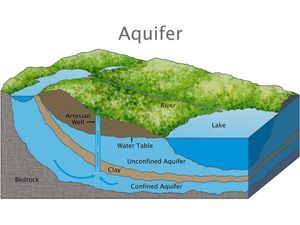
2021-06-18
Let’s celebrate the environment day this June 5th, while making eco-friendly lifestyles a habit. Learn more
2021-06-05
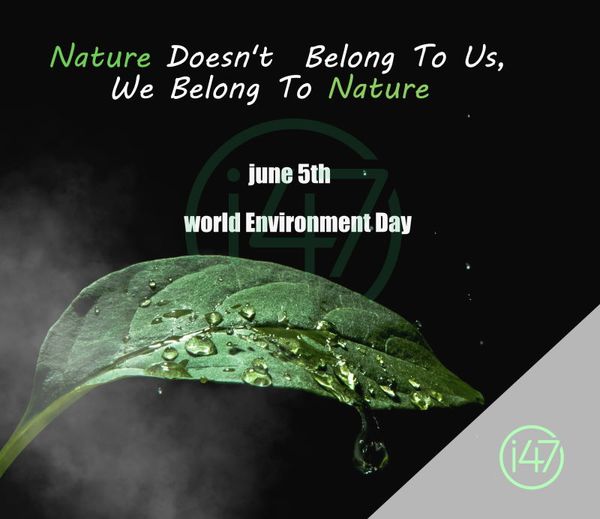
2021-06-05
Watch out the Tribute video on Rivers of India, Produced by ICCW, IIT Madras.
2021-06-01
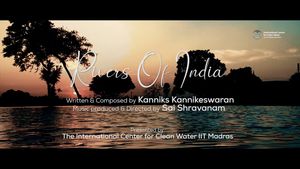
2021-06-01
The distribution of water on the Earth's surface is extremely uneven. Only 3% of water on the surface is fresh; the remaining 97% resides in the ocean. Learn more
2021-05-25
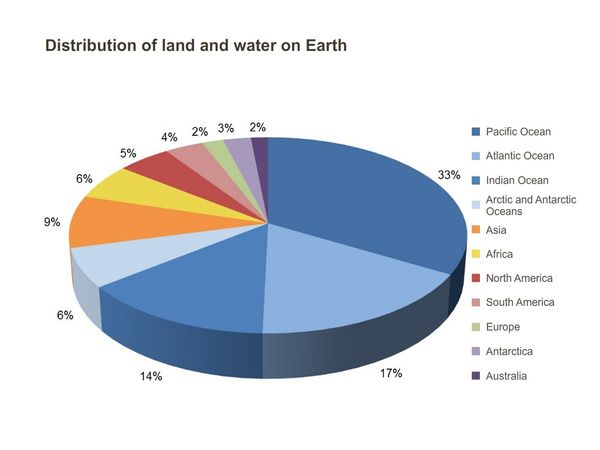
2021-05-25
Water made the Earth unique in the known universe. Life started in it, and it sustains life. In that sense, water is priceless. But we do need to answer the question "how valuable is water", for sustainable development.
2021-05-14
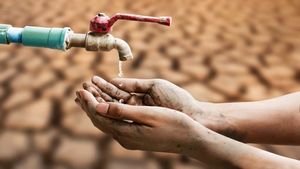
2021-05-14
Glad to announce that today we are releasing this feature on the Aegir user app. Learn more
2021-05-01
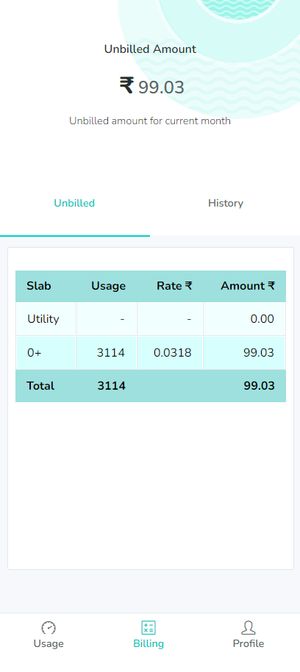
2021-05-01
Read on to know our user experience about how they Saved water using individual water meters For Apartments. Contact Us for Digital Water Flow Meter Price in Bangalore
2021-04-15
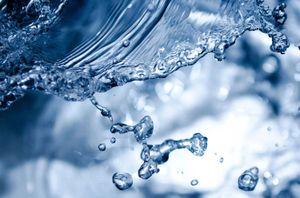
2021-04-15
You can raise support tickets right from the user application now.
2021-04-14

2021-04-14
The song urges to pay attention to deteriorating environment, and own up responsibility in saving our water bodies.
2021-03-22
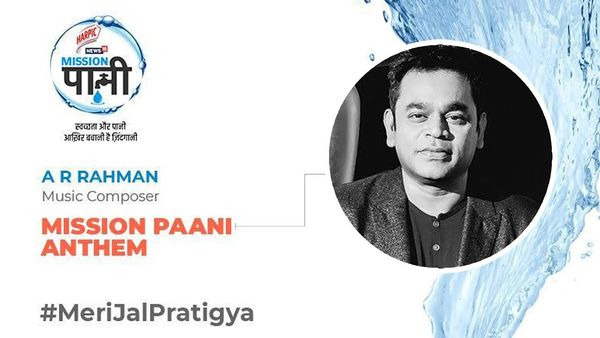
2021-03-22
Read on to know our user experience about the Accuracy of Aegir water meter products. Aegir provides best quality Fully Automatic Water Level Controller
2021-02-12
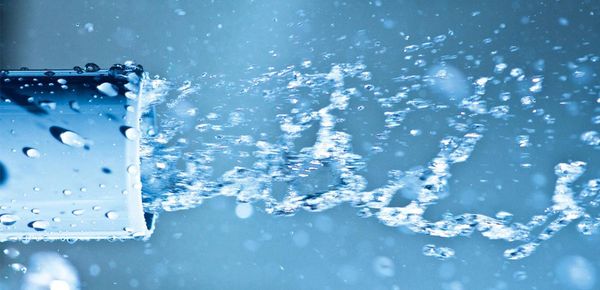
2021-02-12
Read to know how does the user identified the leakage & solved by Aegir Water meters. Contact Us for Best Water Leak Detector, Water Tank Level Sensor & Indicator
2021-01-22
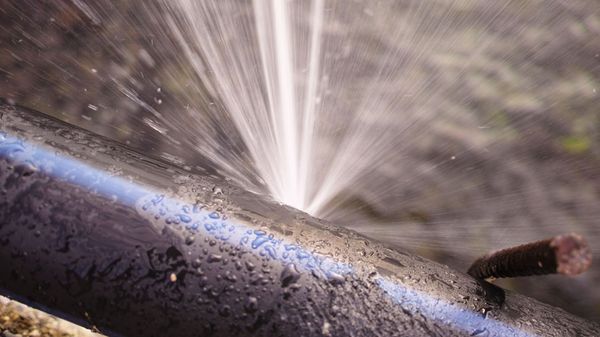
2021-01-22